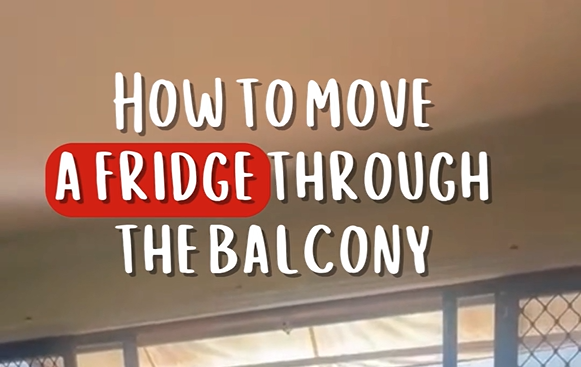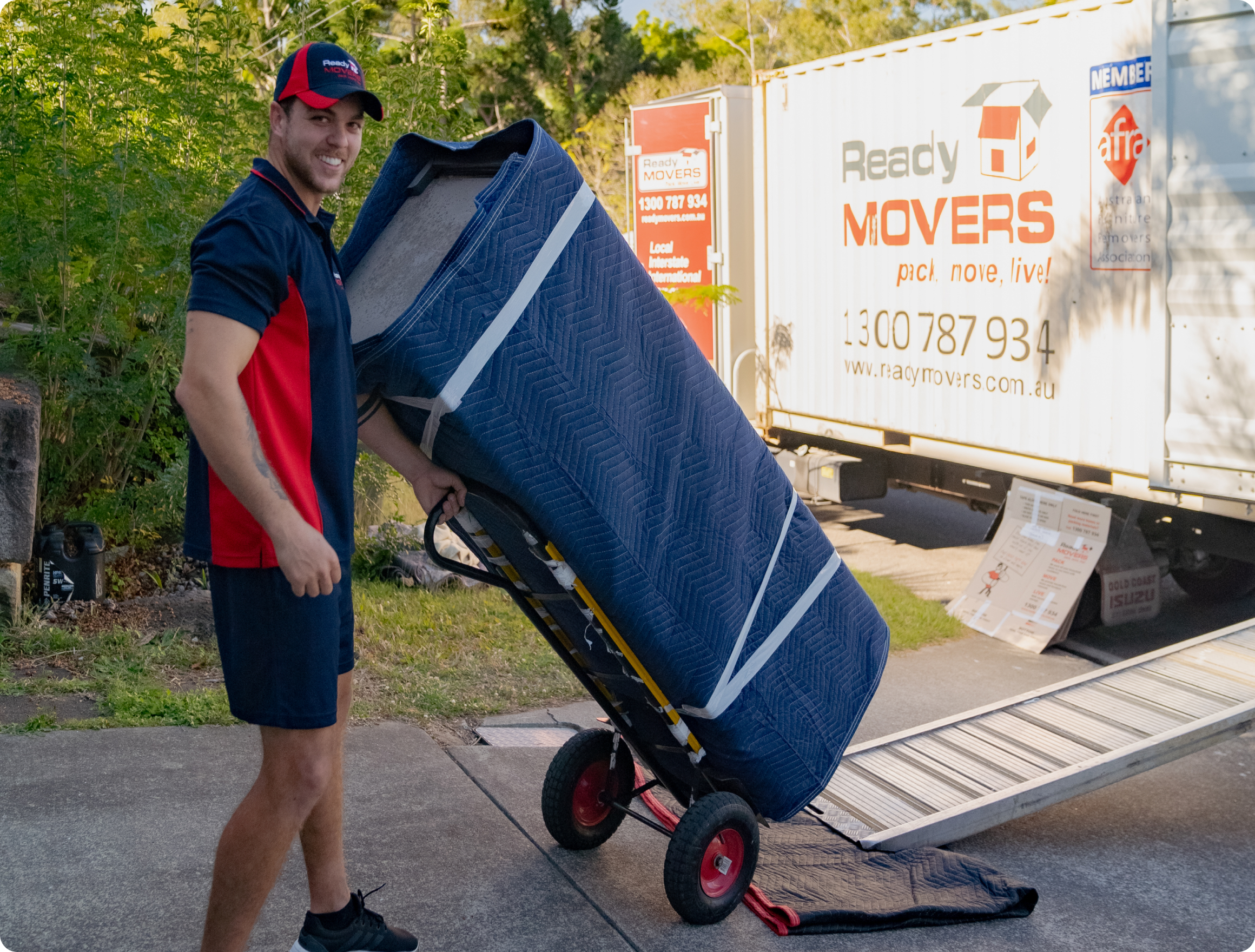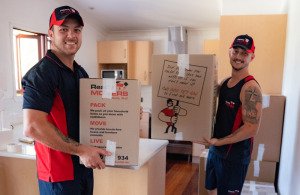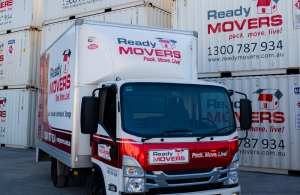How to Safely Move a Fridge Over a Balcony
Moving a heavy appliance like a fridge over a balcony is never a job to take lightly. It’s a task that requires careful planning, the right number of people, and strict adherence to safety procedures. Whether you’re dealing with tight staircases, narrow doorways, or awkward apartment layouts, moving a fridge externally might be your only option.
But before attempting this kind of move, it’s crucial to assess your surroundings, your physical capabilities, and the potential risks involved. One wrong move could cause injury or damage to the appliance, your home, or worse. Our team at Ready Movers has extensive experience with complex single-item and internal moves like this. Be sure to check out our video for visual guidance and practical demonstrations.
Here’s what you need to know.
1. Safety First: Assessing the Area
Before you even touch the fridge, take time to carefully assess both the upper and lower areas involved in the move:
-
Inspect the balcony railing: Is it solid, stable, and strong enough to support the weight of the fridge resting on it? Look for any signs of weakness like rust, loose bolts, or wobbling sections.
-
Check the landing area: Is the ground clear and flat? Are there any tripping hazards like garden furniture, hoses, or uneven surfaces?
-
Look out for obstacles: Tree branches, overhanging roofs, or power lines can all pose serious risks during a balcony lift. Remove or avoid them wherever possible.
If anything seems unstable or unsafe, do not proceed. It’s always better to call professionals with experience in single-item moves who can assess the situation and move the item safely.
2. How Many People Do You Need?
The number of people required depends on the fridge’s size and weight, but we strongly recommend a team of four:
-
2 movers at the top (on the balcony)
-
2 movers at the bottom (on the ground or truck platform)
Trying to move a heavy fridge with fewer than four people can compromise safety and increase the risk of damage. Fridges are not only heavy but also awkwardly shaped and contain sensitive components like compressors that can be damaged by improper handling.
3. Protecting the Fridge and Property
Next, you’ll need to protect both your appliance and the structure of your home:
-
Padding for the railing: Wrap blankets, foam, or protective pads around the balcony railing. This serves two purposes — it prevents damage to the fridge’s exterior and avoids scratching or denting the railing.
-
Place the fridge on its back: Gently position the fridge on its back on top of the padded railing. Make sure it is stable and well-balanced before attempting to lower it.
While a fridge can safely lie on its back for short periods, be sure not to leave it in that position for too long. Allow time for the refrigerant to settle upright before powering it back on (we cover more of this in our moving tips).
4. The Lowering Process: Teamwork Is Essential
Once the fridge is securely resting on the railing:
-
The top team begins to carefully guide it over the edge. This must be done slowly and with control, ensuring the bottom team has full visibility and time to prepare.
-
The bottom team should take the weight gradually, one side at a time if necessary, and communicate clearly with those above.
-
It’s vital that the top team does not push or pull the fridge once the bottom team has full control. Too much force from the top can lead to sudden shifts or drops, risking injury or damage.
Use steady communication between both teams throughout the process. Appoint one person to give commands and coordinate the lift — that clear leadership can make a big difference in avoiding accidents.
5. Lowering to Ground or Truck Platform
Once the fridge is fully in the hands of the bottom team:
-
Lower it gently to the ground or directly onto a loading ramp or truck platform.
-
Avoid dragging the fridge across rough surfaces, especially if it’s lying on its back — always lift when necessary.
-
Secure the fridge in an upright position during transport and wait at least 4–6 hours before plugging it back in to ensure the compressor oil has returned to the right place (check manufacturer recommendations if unsure).
Final Thoughts: Don’t Take Risks With Heavy Moves
Moving a fridge over a balcony is no small task. It requires preparation, a capable team, and a sharp focus on safety at all times. While it might seem like a quick solution to a tricky layout, the risk of injury or property damage is high if not handled properly.
At Ready Movers, we specialise in complex single-item and internal moves — from fridges and washing machines to couches and gym equipment. If you’re unsure whether your situation is safe, we highly recommend you let the professionals handle it.
Need help or professional advice? Visit our single-item moves page or browse our moving tips blog for expert guidance and safety advice.
And don’t forget — check out our team’s video for step-by-step instructions and visuals to help you better understand the process.






